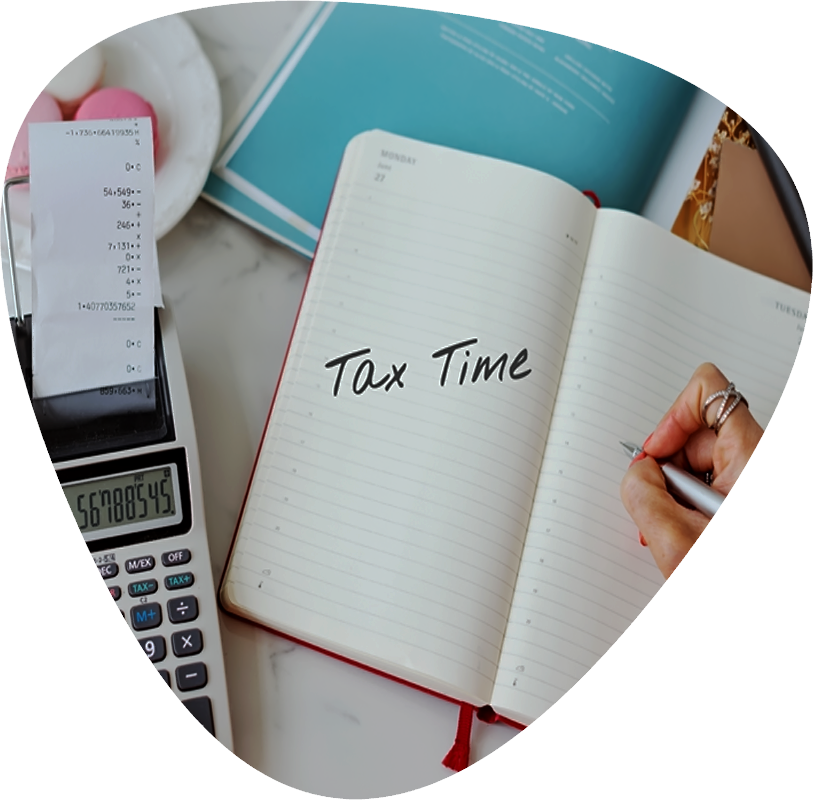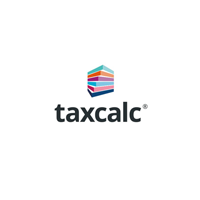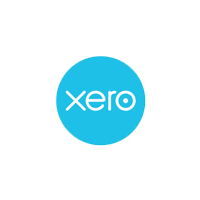Stamp Duty
Land Tax
Stamp duty is the tax you would have to pay when you buy a residential property or a piece of land in England or Northern Ireland over a certain consideration and is typically called Stamp Duty Land Tax (SDLT). You pay a different tax if the property or land is in Scotland – The Land and Building Transaction Tax and Land Transaction Tax in Wales. You pay the stamp duty land tax when you buy:
- A property via a Shared Ownership Scheme
- A Leasehold property
- A Freehold property
- Take on a mortgage or buy outright
Credas Financial’s services are always there if you need assistance regarding Stamp Duty.
Note: As a dedicated accountancy firm in the UK, we prioritize financial well-being. While we do not directly offer mortgage services, we collaborate with trusted professionals. We proudly recommend Credas Financial as our preferred mortgage advisor. Their expertise aligns seamlessly with our commitment to client satisfaction. Please note that our role is solely that of an introducer; we do not provide mortgage services directly. Clients are encouraged to assess Credas Financial’s services independently. We aim to facilitate informed decisions, fostering a comprehensive financial experience for our valued clients.


Stamp Duty
SDLT Rates
The Stamp Duty Land Tax applies if you buy a property costing more than the threshold of SDLT below this threshold there would be no SDLT.
The threshold for the Stamp duty tax is £125,000 for residential properties and £150,000 for buying non-residential land and properties. These rates are applicable from 1 October 2021; SDLT ceases to apply below these thresholds, and you don’t have to pay any tax.
For properties costing more than £125,000, you will have to pay Stamp Duty based on the property’s total purchase price unless you qualify for first-time buyer relief, which is discussed below. Before 1 October 202, the SDLT threshold for residential properties was £250,000; the figure was the same for non-residential land and properties.
If you are a first-time buyer, property purchases that cost up to £300,000 will be exempted from Stamp Duty, and a rate of 2% will be applied from £300,001 to £500,000.
Stamp Duty Rates from 1 October 2021
| Purchase Price | ||
| From | To | Stamp Duty Rate |
| 0 | £125,000 | 0 |
| £125,001 | £250,000 | 2% |
| £250,000 | £925,001 | 5% |
| £925,001 | £1.5 million | 10% |
| The remaining amount (the portion above £1.5 million) | 12% | |
Only the portion of the purchase price falling within each rate band will be taxed at that specific rate.
Example
In December 2021, you buy a property for £350,000. The Stamp Duty Land Tax you will have to pay to HMRC on this figure is:
- 0% on the first £125,000 = £0
- from £125,001 to £250,000 (£125,000 * 2%) = £2,500
- from £250,001 to £350,000 (£100,000 * 5%) = £5,000
- Total SDLT = £7,500
This example shows that the amount falling under each rate band is taxed at that portion’s tax rate.
How much do you pay?
The amount of Stamp Duty Land Tax you pay usually depends on whether you buy the property for residential purposes, commercial use (non-residential), or mixed-use. For purchasing a residential property, different rate bands rely on the cost of the property and:
- If you are a first-time buyer
- If you are purchasing an additional property (already own a property)
- Your UK residency status
You can also reduce your stamp duty tax by claiming certain reliefs and allowances you qualify for. You can calculate your tax using the HMRC Stamp Duty Land Tax calculator.
Stamp duty tax relief for First-time buyers
A person qualifies as a first-time buyer if they buy their only or primary residence and have never owned a freehold property or have an interest in the leasehold residential property in the UK or outside the UK. From 1 July 2021, you can claim relief for buying a property and will pay little or no tax if:
- You are a first-time buyer and
- The cost of the property is £500,000 or less
If you buy a property worth over £500,000, you will pay Stamp Duty at the standard rate and won’t qualify as a first-time buyer to get the relief.
SDLT for Non-UK Residents
If you are not present in the UK for a minimum of 183 days (6 months) during the 12 months before you purchase the property, you are considered a non-UK resident for SDLT purposes. For a non-resident, buying a residential property in England and Northern Ireland will cost you an incremental 2% tax along with the existing stamp duty rates, depending on the cost of the property.
Higher rates for buying new residential property
If you buy a new residential property before selling your previous home, you will have to pay an extra 3% on top of SDLT rates because when you complete your purchase, you will own two properties. You will not have to pay the additional stamp duty if you replace the residence that has already been sold. Otherwise, you will have to pay higher rates to buy the property. However, you can apply for a refund for the above-average SDLT rates if you sell your previous primary residence within 36 months (3 years).
If it takes more than three years to sell the previous residential property
You can still request a refund if it takes more than three years to sell your old home if all of the following apply:
- You acquired your new home on or after 1 January 2017
- You could not sell the property because of exceptional circumstances, such as a pandemic like COVID-19, government restrictions, or public authority blocking the sale.
- You have now sold out your previous home.
To claim the refund, you must explain to HMRC why the sale took over three years. Certain particulars include:
- Personal information
- Details of the exceptional circumstances
- Details of the property for which the higher SDLT rate was paid
- Details of the previous home
- Amount of higher SDLT paid
- The extra amount you were asking for repayment
- Bank account details
When and how to pay Stamp Duty
You must file the stamp duty tax return and pay the tax you owe within 14 days of completing the purchase. If you bought the property through an agent, conveyancer, or lawyer, they usually file the tax return, pay the stamp duty on your behalf, and then add the amount to their fees. They will also work to claim any reliefs and allowances for you, such as first-time owner relief.
If this is not the case, you can file the return and pay the tax yourself. The HMRC may charge you penalties and interest if you don’t file your SDLT return and pay the tax within 14 days of completing the purchase.
When is Stamp Duty not payable?
There are certain circumstances when you don’t have to make the tax payment, and sometimes, the Stamp duty tax return is not even required.
- If there is no consideration for the transfer of a property.
- The property is transferred to you under the terms of a Will and may not be subject to SDLT, provided no other references are given.
- You buy a freehold land or property costing less than £40,000.
- Transfer of a property as the result of court orders because of divorce or separation of a civil partnership is generally exempted from paying SDLT.
- If you transfer the property to someone else as a gift, they will not be required to pay the stamp duty on the property’s market price, provided there is no outstanding mortgage.
- For instance, you use some other property financial arrangements to follow the Sharia law.

Get in Touch
Rhoundhay
Leeds
LS8 2AL, UK
Coventry Road
Birmingham
B23 6EJ, UK
0121 7268 542
info@careaccountancy.co.uk










